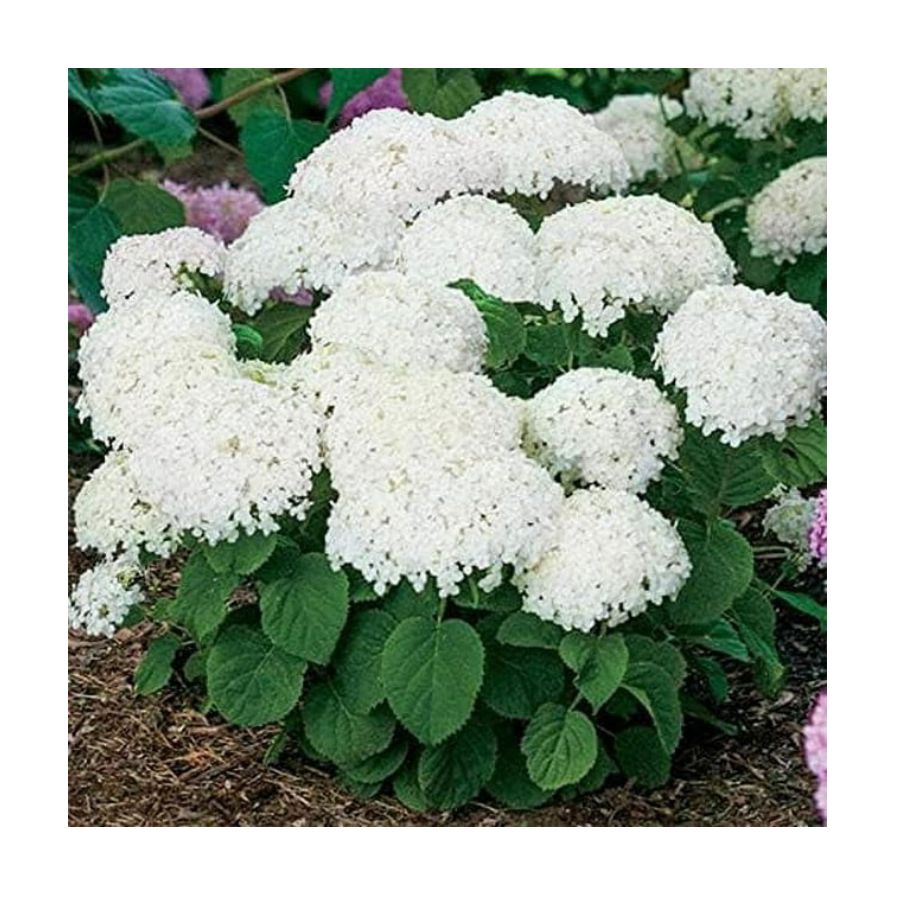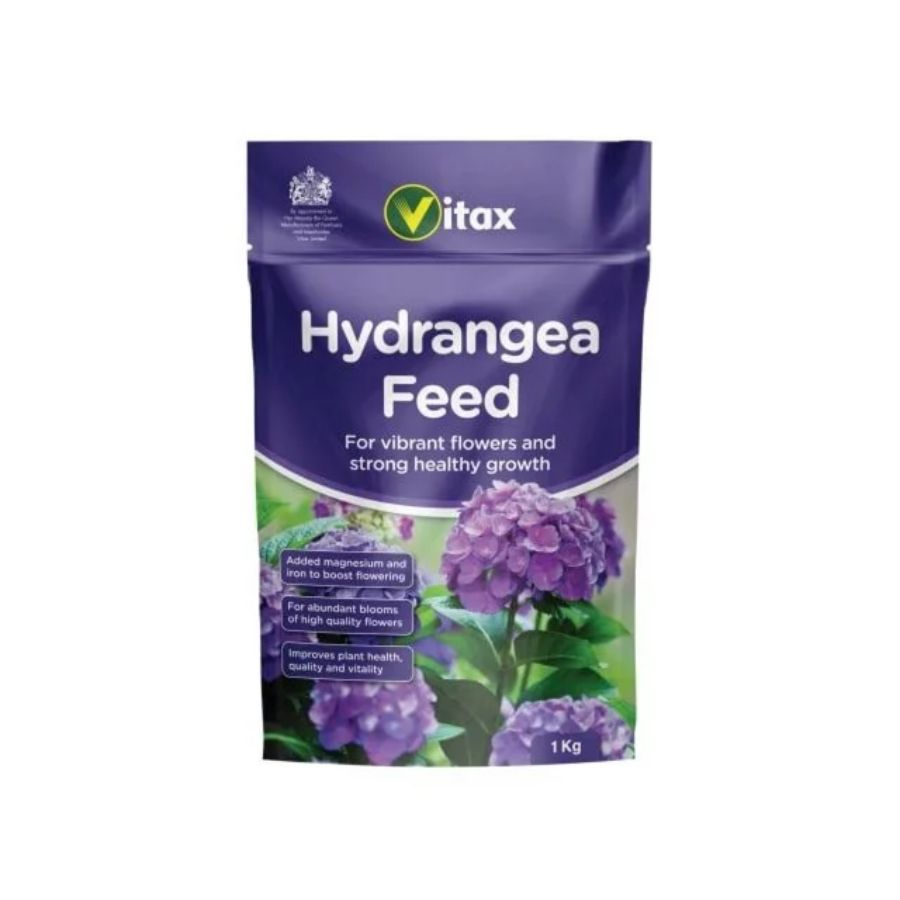5 mistakes people with perfect hydrangeas avoid making in their gardens at this time of year
If you want to get your hydrangeas to have abundant blooms next season, watch out for these mistakes you may be making
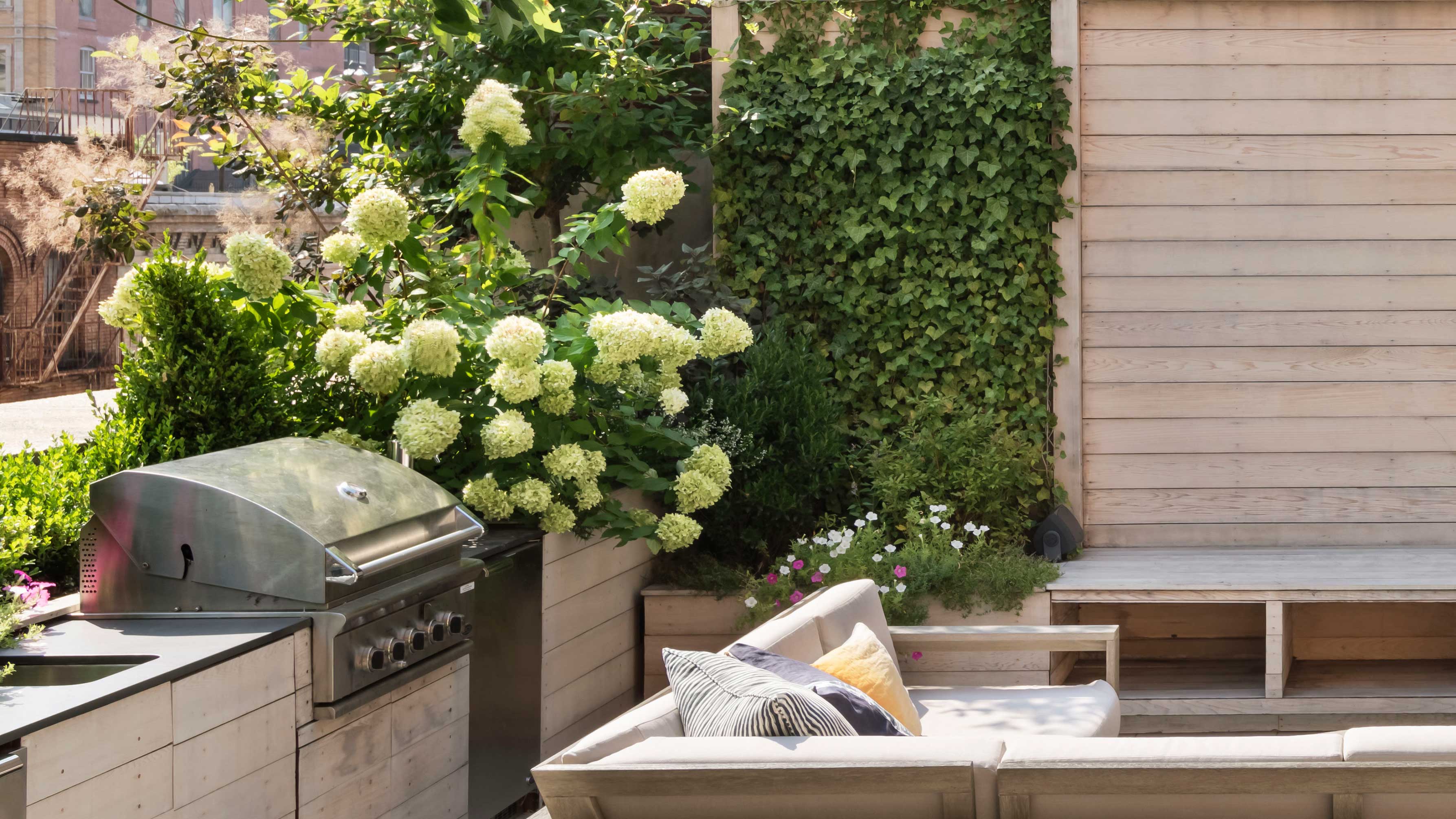
With the cold months upon us it’s important to start taking the right steps to ensure our garden stays healthy, is protected from the cold, and will bloom again in spring. Hydrangeas in particular need special attention now so that we can enjoy their abundant blooms next season. As an owner of hydrangeas myself, I have found them to be quite resilient plants that don’t need an enormous amount of maintenance.
Best planted in areas that are not too sunny, or too shady, they thrive in the morning sun, and enjoy more shade in the afternoon. Pruning hydrangeas properly is the next best thing you can to do ensure their health. Usually, if this box is ticked you’ll find that your hydrangea will bloom the next season, but there are some common gardening mistakes that the experts warn against, as they can harm your flowers. Avoid them now to make sure you have a blooming garden come spring.
1. Not pruning your hydrangeas correctly
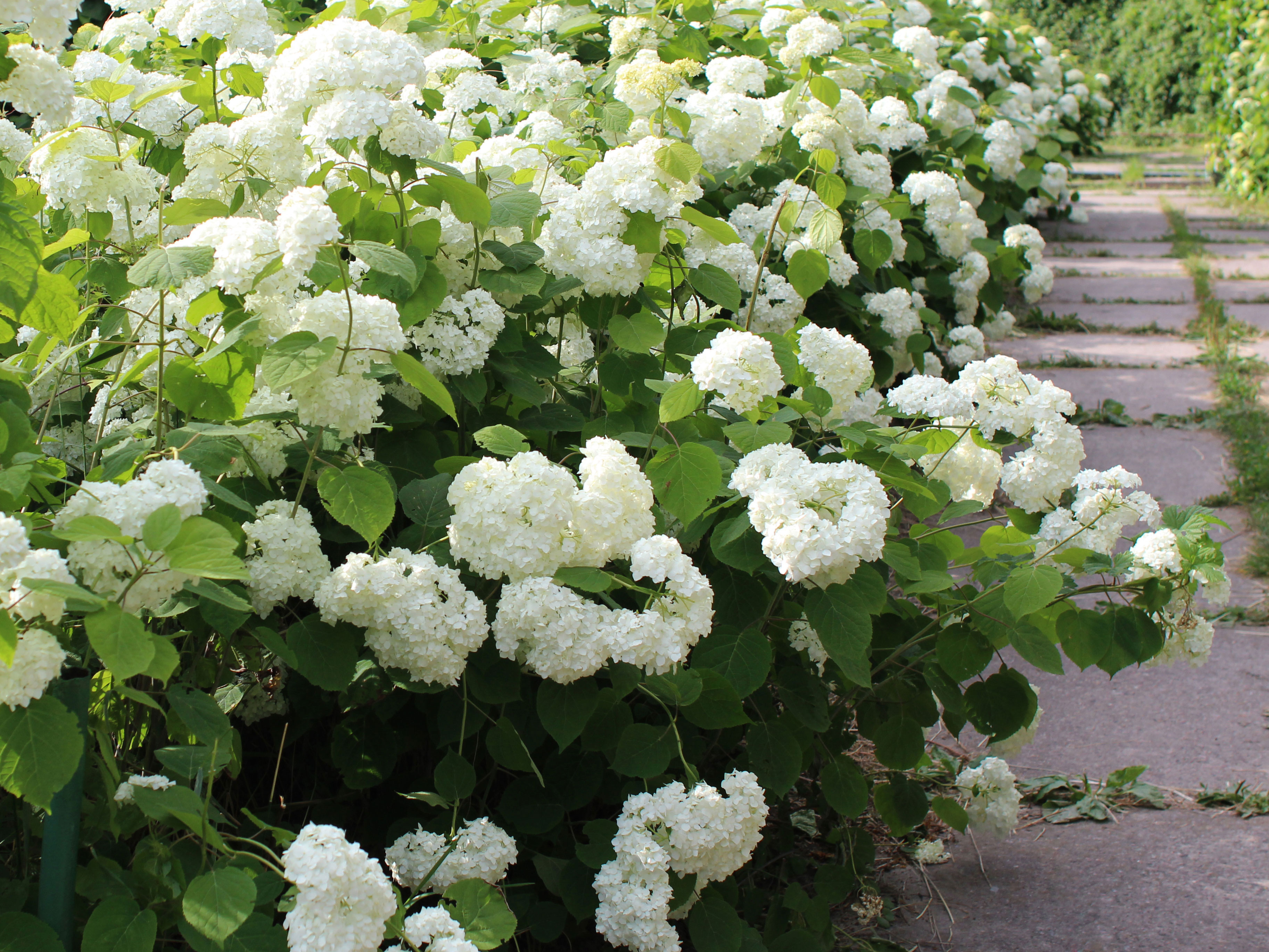
Deadheading hydrangeas is the best thing you can do for your plant's long-term health. There is a correct way to do it though. ‘The rule of thumb is that you should always prune back hydrangea flowers as soon as they turn brown,' explains landscape design expert Amber Freda. 'If you wait until the following season, you risk inadvertently cutting off the next year’s blooms. I recommend only cutting back to the first set of healthy leaves, unless the plants are overgrown, in which case you can shape them to the size you want.'
2. Not adapting to the needs of your specific hydrangea type
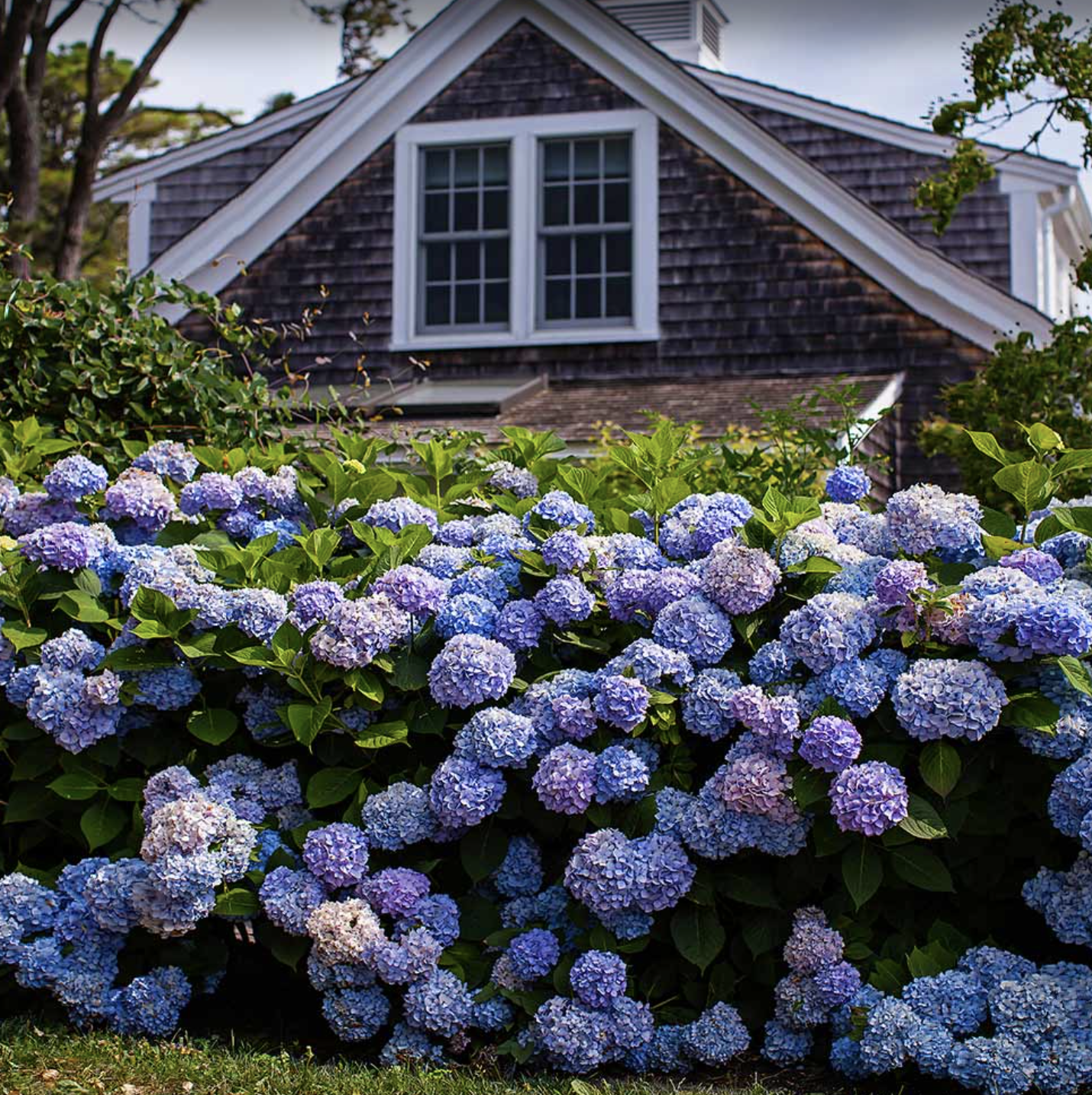
There are numerous hydrangea types out there. They have different needs and require different pruning methods, as such it’s important to know what type you've chosen for your flower beds to ensure you’re giving it the right care.
‘For example, smooth hydrangeas (Hydrangea arborescens) should be pruned in late winter or early spring, while bigleaf hydrangeas (Hydrangea macrophylla) should be pruned after they bloom in the summer. Understanding the specific needs of your hydrangea will help you make the right decisions,’ Lina Cowley, Master Botanist and Senior Editor at Trimmed Roots, tells me.
3. Excessive pruning
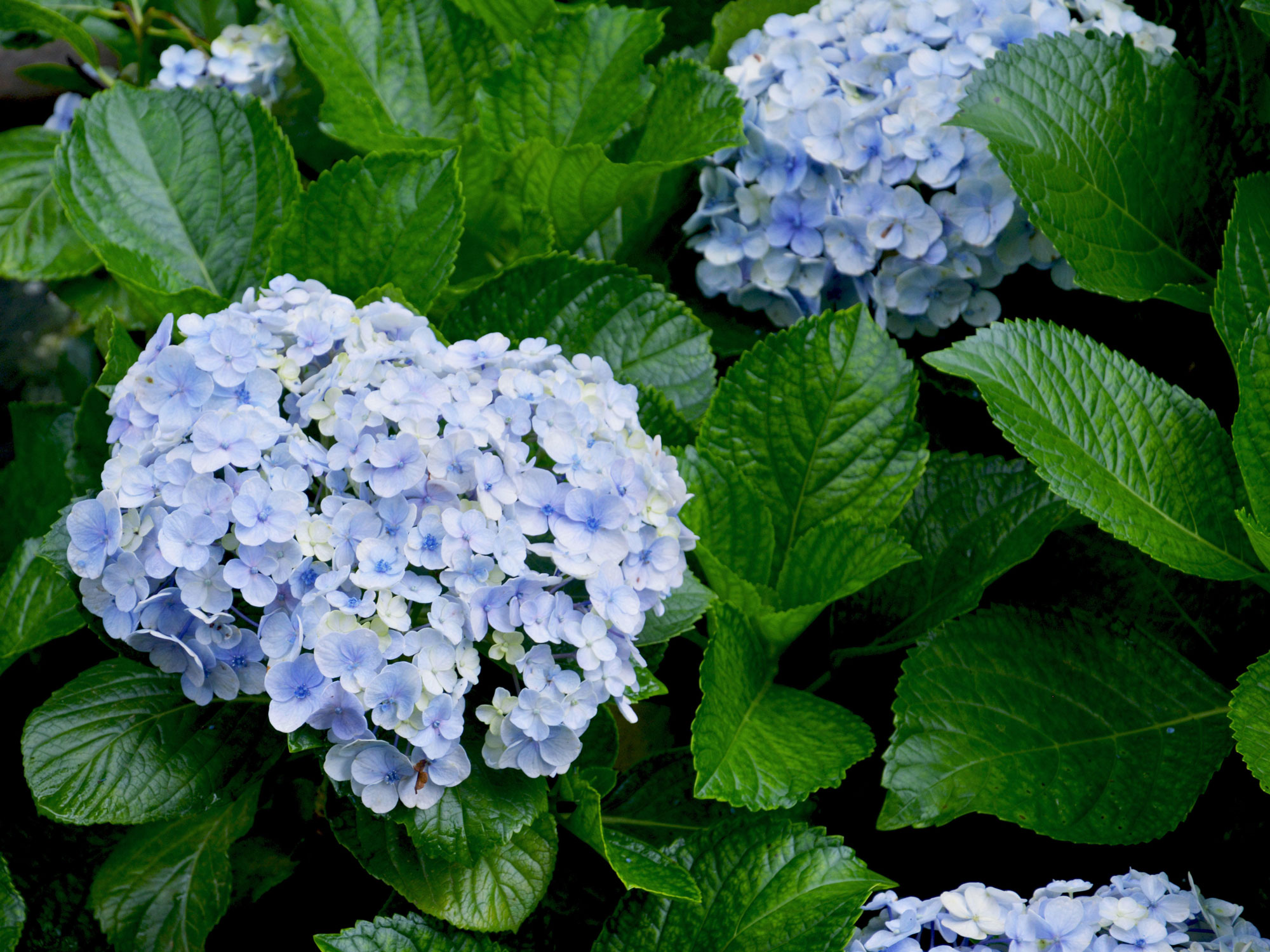
Pruning is an important step for keeping your hydrangeas healthy, however, be mindful and don’t overdo it, which is one of the biggest pruning mistakes. ‘Avoid excessive pruning, as this can stress the plant and inhibit its ability to produce blooms. Stick to the guidelines for your specific hydrangea type and prune only what is necessary for health and shape,’ Lina explains, adding that ‘pruning your hydrangeas not only helps them stay healthy but also allows you to shape and control their size.'
'Remove any dead or damaged branches, crossing branches, or branches that are growing inward. Aim for an open and airy shape that allows sunlight to reach all parts of the plant,’ Lina adds.
4. Not protecting the roots from the cold weather
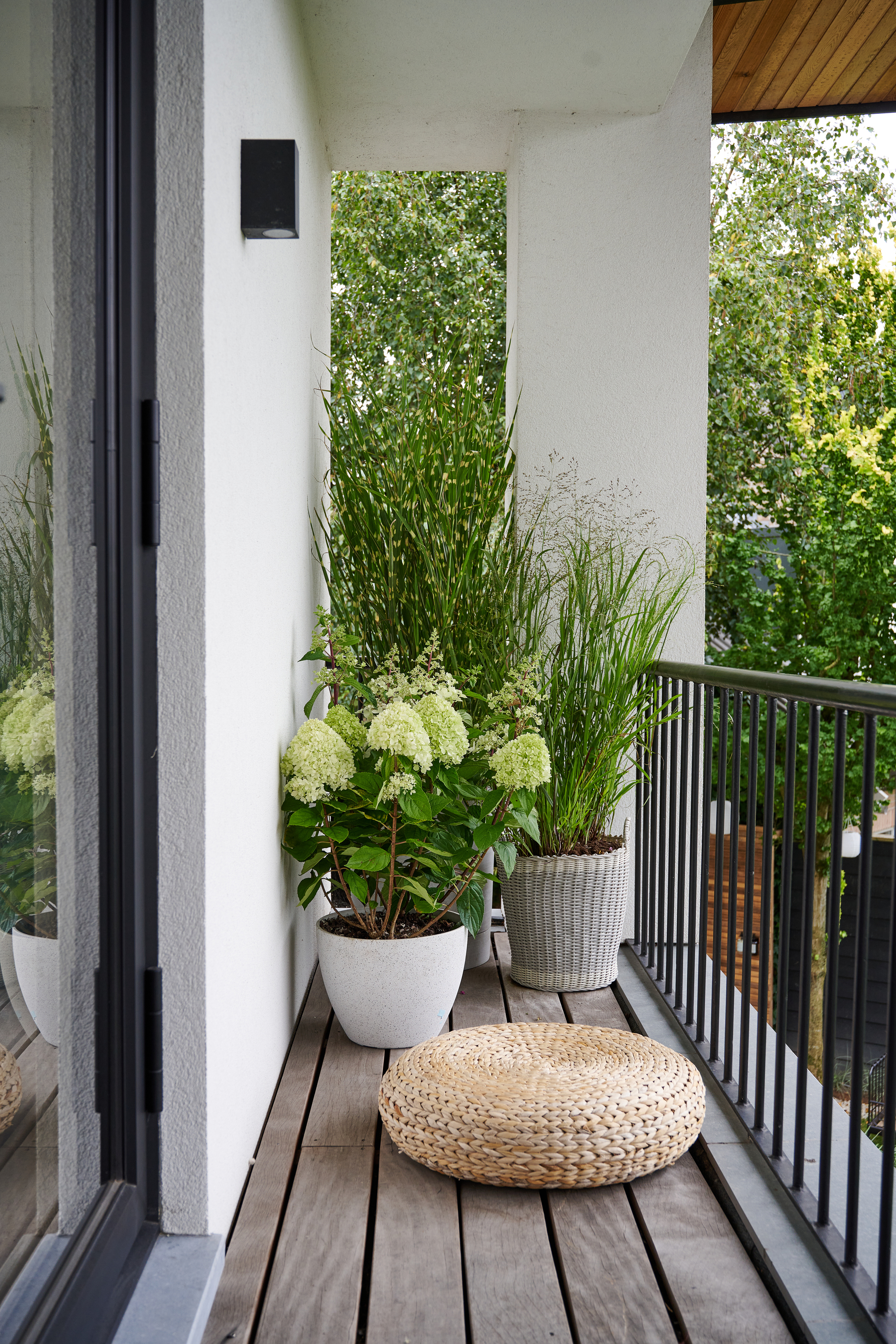
Temperature drops can affect the health of your hydrangeas, so it’s important to protect them from the cold in cooler months. While mulching is great in summer months, Lina Cowley shares it's just as important in winter: ‘It's a good idea to apply a layer of mulch around the base of your hydrangeas. This will help insulate the roots and protect them from the harsh winter conditions. Additionally, consider using a protective cover or wrap if you live in an area with particularly cold winters.’
5. Not providing adequate water and nutrients
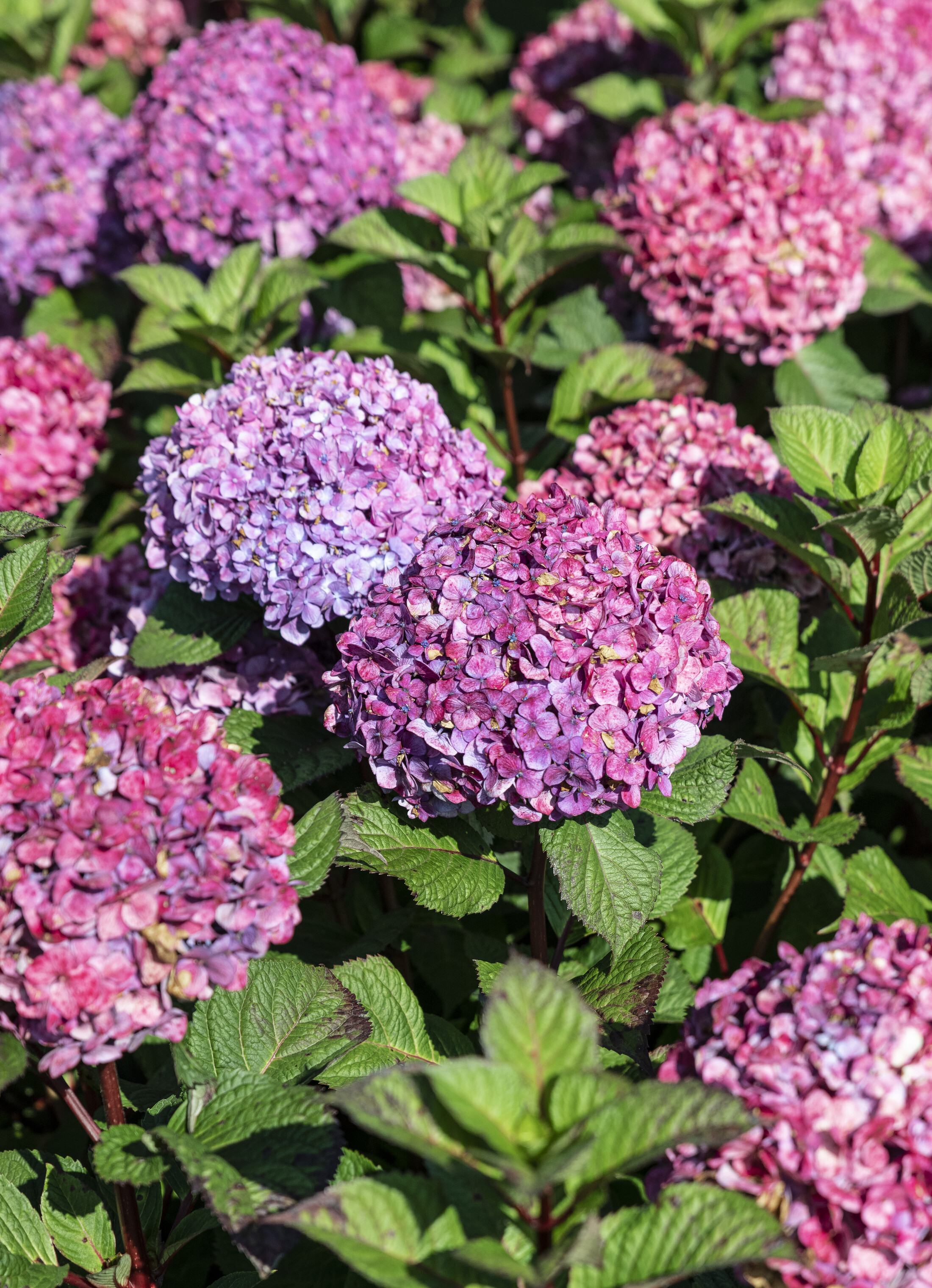
Last but not least, make sure you water your hydrangeas regularly, especially throughout the growing season, as they are thirsty plants. ‘Additionally, consider using a slow-release fertilizer specifically formulated for hydrangeas to ensure they receive the necessary nutrients for healthy growth and blooming,’ advises Cowley.
Create a blooming hydrangea garden with these buys
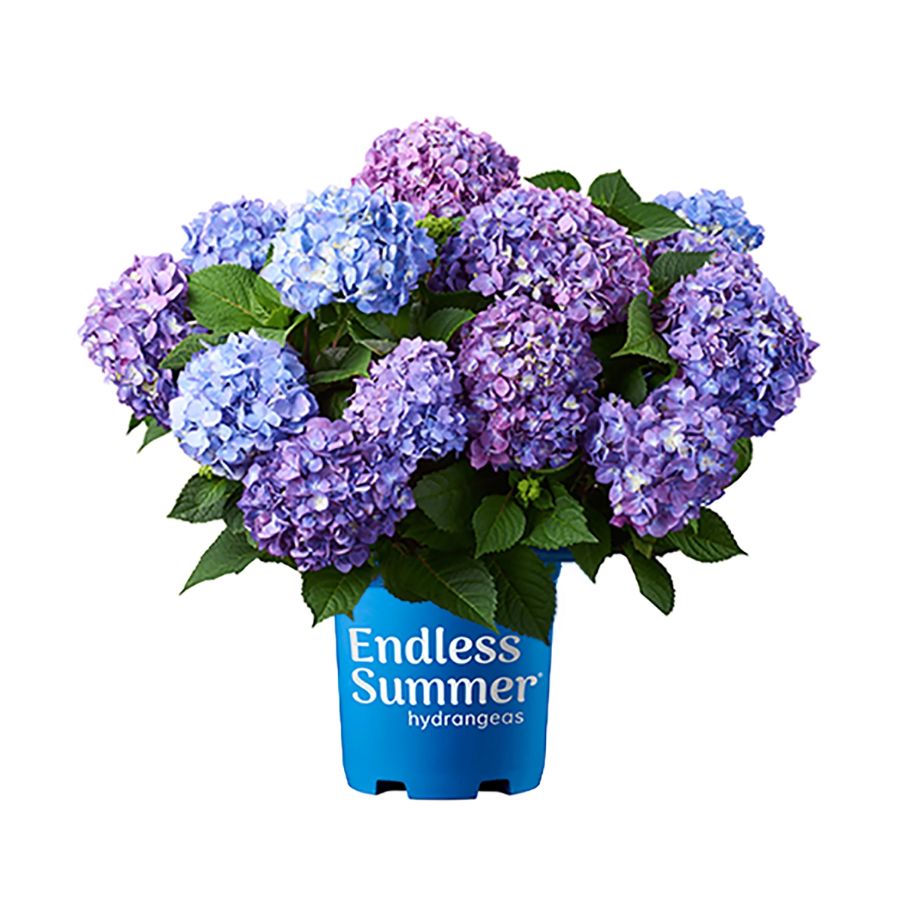
Price: $34.08
This beautiful shrub can bloom eye-catching pink or purple flowers by adjusting your soils pH level as needed.
Be The First To Know
The Livingetc newsletters are your inside source for what’s shaping interiors now - and what’s next. Discover trend forecasts, smart style ideas, and curated shopping inspiration that brings design to life. Subscribe today and stay ahead of the curve.
Raluca formerly worked at Livingetc.com and is now a contributor with a passion for all things interior and living beautifully. Coming from a background writing and styling shoots for fashion magazines such as Marie Claire Raluca’s love for design started at a very young age when her family’s favourite weekend activity was moving the furniture around the house ‘for fun’. Always happiest in creative environments in her spare time she loves designing mindful spaces and doing colour consultations. She finds the best inspiration in art, nature, and the way we live, and thinks that a home should serve our mental and emotional wellbeing as well as our lifestyle.
-
 Burl Wood Decor Is 2025’s Most Coveted Comeback — Here’s How to Get the Storied Swirls for Less
Burl Wood Decor Is 2025’s Most Coveted Comeback — Here’s How to Get the Storied Swirls for LessIrregularity is the ultimate luxury, but you don’t need an antiques dealer to find it
By Julia Demer Published
-
 5 Garden Features That Instantly Add Value to Your Home — While Making Your Outdoor Space More Practical, too
5 Garden Features That Instantly Add Value to Your Home — While Making Your Outdoor Space More Practical, tooGet to know all the expert tips and tricks for making your backyard a standout selling point for your home.
By Maya Glantz Published
